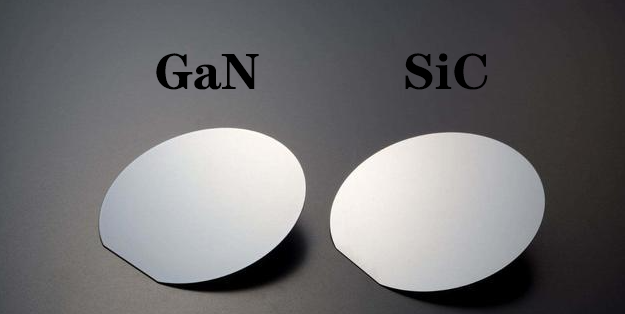1. Material Revolution: GaN vs. Traditional Silicon (Si)
Electron Mobility: GaN’s electron mobility is 20x higher than silicon, enabling faster current flow and lower energy loss.
Breakdown Voltage: GaN withstands up to 3.4 MV/cm (vs. 0.3 MV/cm for silicon), allowing higher power density.
Thermal Conductivity: GaN dissipates heat 30% more efficiently than silicon at the same power level.

2. High-Frequency Switching: The Key to Compact Size
High-Frequency Switching: GaN operates at MHz-level frequencies (vs. kHz for silicon), shrinking transformers and capacitors by 50%-70%.
No Heat Sinks Needed: High efficiency reduces heat, eliminating bulky thermal components.
Case Study: A 65W GaN charger is egg-sized, while traditional silicon chargers require double the space.

3. Energy Efficiency Leap: From 85% to 95%
Energy Efficiency: GaN chargers achieve 94%-95% efficiency (vs. 85%-88% for silicon), cutting energy waste by 15%.
Cool Operation: Surface temperature stays ≤45°C under full load (vs. >60°C for silicon), extending component lifespan.
Eco Impact: Saves ~5 kWh/user annually; global adoption could reduce CO2 equivalent to planting 120 million trees.
4. Applications: From Consumer Electronics to EVs
Consumer Electronics: Fast-charging phones/laptops (e.g., 100W GaN charger refuels MacBook Pro in 30 mins).
Data Centers: GaN power modules save server space and cooling costs.
EVs: Companies like Tesla use GaN for onboard chargers, boosting efficiency by 20%.
5. Market Trends: Why Hasn’t GaN Fully Replaced Silicon?
Cost Barriers: GaN chips cost 2-3x more than silicon, but prices drop 10%-15% annually with mass production.
Technical Hurdles: High-frequency circuit design and EMI suppression require advanced R&D.
Market Forecast: GaN chargers will dominate 35%+ of the market by 2025, becoming the standard for fast charging.